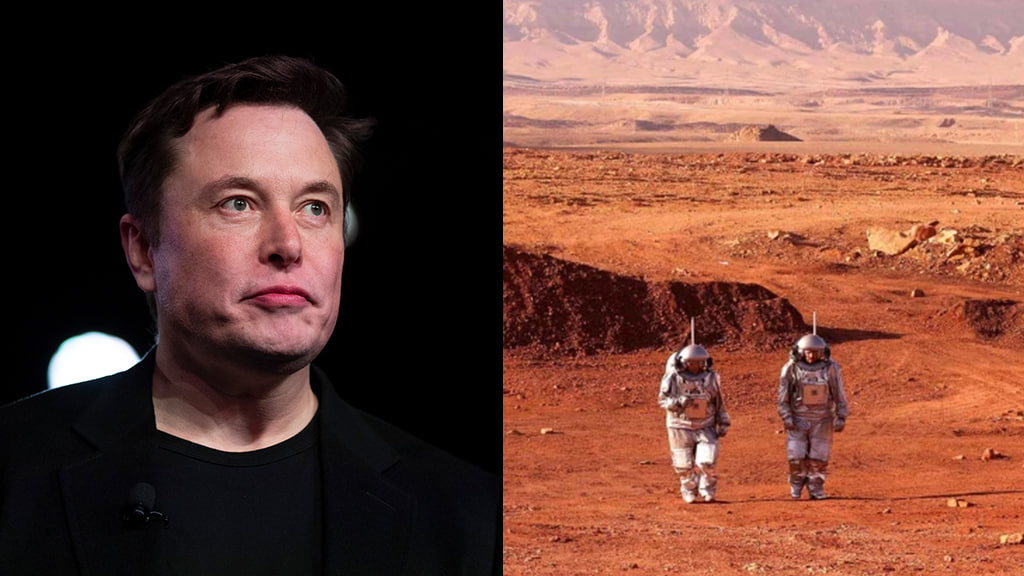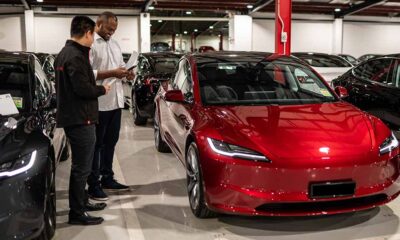SpaceX
SpaceX CEO aims to make 100-300 Starship a year to colonize Mars within next 3 decades

Mars has been seen as the next potential human colony and SpaceX CEO, Elon Musk is one of the most ambitious persons to lead the dream of colonizing the red planet.
Musk today shared a new aim for SpaceX to colonize Mars with the production of 100-300 Starship vehicles a year. His latest reply came on a thread on X (formerly known as Twitter) about SpaceX’s plan to produce one Starship a week.
Starship is the largest and the most powerful rocket in the world. It is combined with the first-stage booster and a Starship spacecraft. This integrated flight is 121 meters tall, and 9 meters wide and has a payload capacity of 100-150 tons.
Separately, the super heavy booster is fully reusable and it is 71 meters tall, 9 meters wide, and powered by 33 Raptor engines that use sub-cooled liquid methane (CH4) and Liquid oxygen (LOX). With that much power, the booster generates a massive thrust of 7,590 tf.
The SpaceX chief said that “the super-heavy booster can be used more frequently than the ship, as it returns in about 6 minutes and can theoretically be ready for flight in an hour.”
Earlier this year, SpaceX conducted the first test integrated flight. However, the flight occurred with Rapid Unscheduled Disassembly (RUD) and failed to achieve the orbit.
In November, SpaceX launched the second integrated test flight. This time around, the space transportation company not only cleared the launch pad but also achieved hot staging. Yet the second flight missed orbit on its further journey.
Musk mentioned that “the ship needs to complete at least one orbit, but often several to have the ground track line back up with the launch site, so reuse may only be daily”.

Integrated Starship flight on the launch pad (Image Source – SpaceX)
This indicates his plan to increase the production and challenges around achieving the orbit.
“This means that ship production needs to be roughly an order of magnitude higher than booster production.” Musk wrote on X “To achieve Mars colonization in roughly three decades, we need ship (Starship) production to be 100/year but ideally rising to 300/year”.
It’s not the first time Musk aimed to colonize Mars but this production rate to produce Starship and super heavy booster rocket could pave to more reusable space travel with high payload transfer capability for Mars and beyond.












